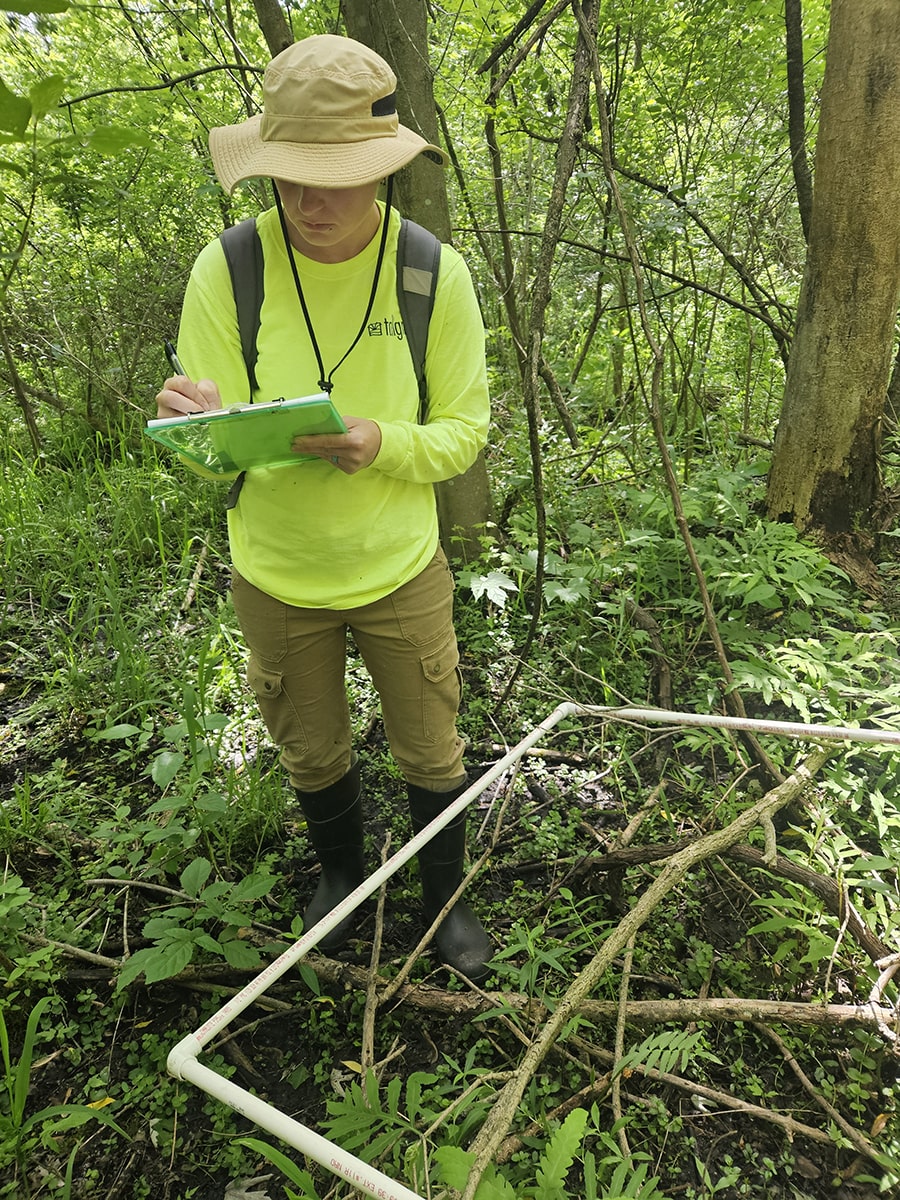Dealing with native vegetation and invasive plant species, degraded habitats, or unclear land management strategies can feel overwhelming. Left unchecked, these challenges are an indicator of declining biodiversity, a disturbance in the ecosystems, and increased long-term costs for restoration. Ignoring the issue risks further damage to your land’s ecological balance and sustainability.
Vegetation classification helps identify plant associations within natural ecosystems by analyzing the condition or quality based on specific criteria. Local or national studies may be considered to provide additional information about the diversity of flora in a given area. Soil and climate, along with variations in soil types, play a significant role in determining the composition and health of vegetated regions. Understanding these factors allows for a deeper appreciation of the natural environment and supports efforts to maintain and restore ecological balance.


